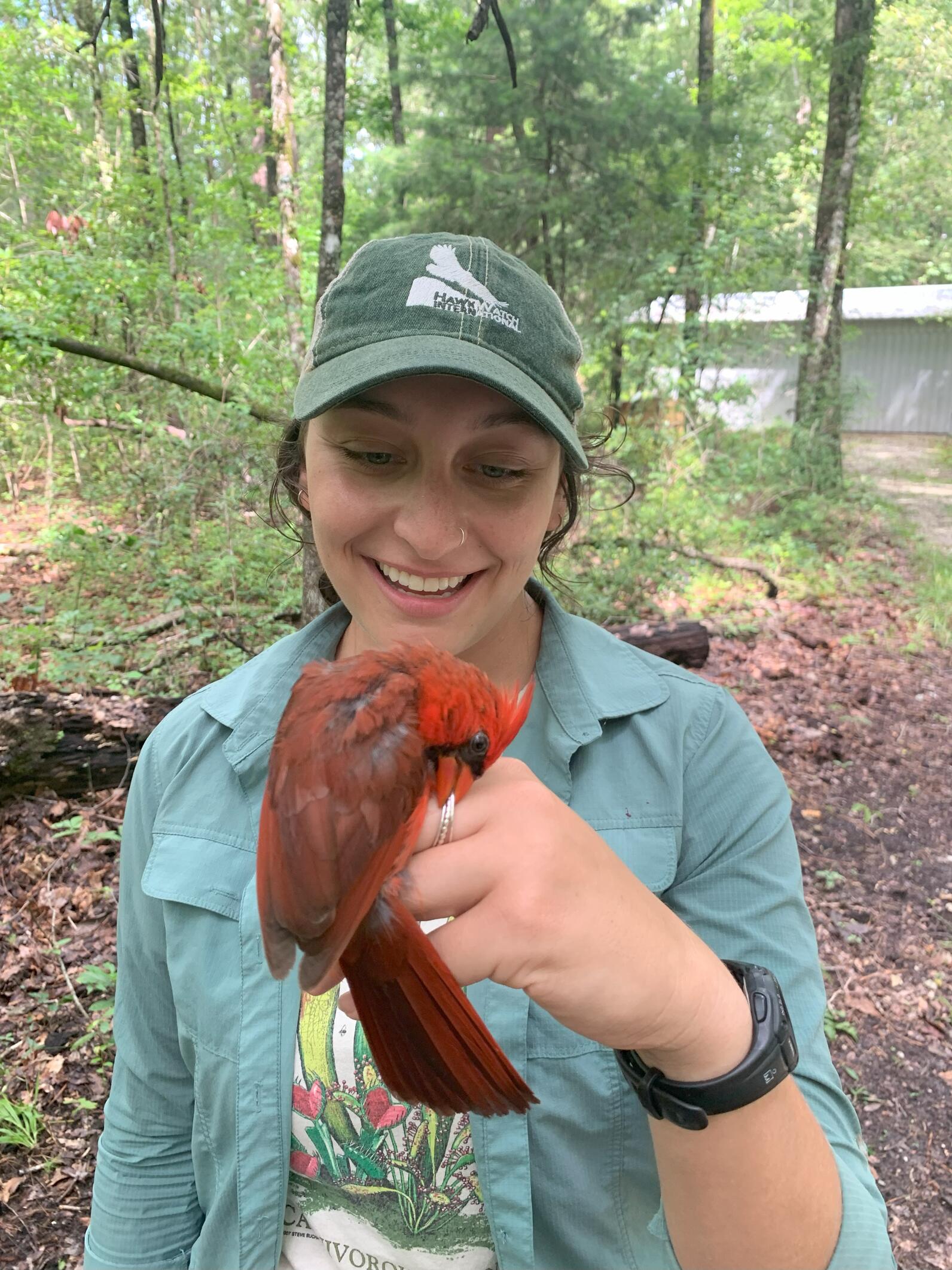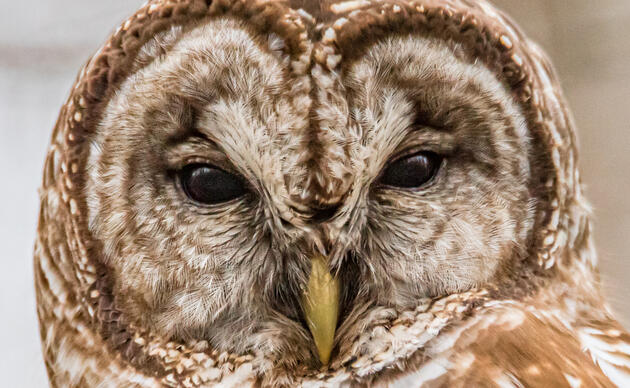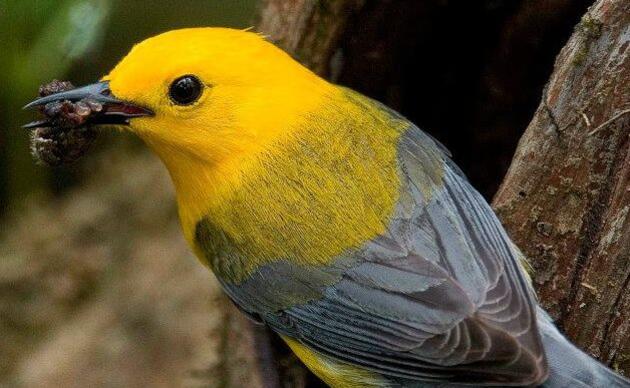Early August in the swamp is quiet. A few birds call here and there, alongside cicadas and the visitors still coming to marvel at Beidler’s ancient giants from the boardwalk. But the heat and humidity, paired with the post-breeding season lull, blanket the place in stillness. Soon fall migration will begin, and just like the birds I’ve been working with all summer, I too will be leaving the swamp. For now though, before the flurry of movement picks back up, I’ll use this moment of stillness to reflect on what an incredible season it has been as ASC’s Bird Conservation Intern.
I came to South Carolina never having lived or worked in the southeast, but in hopes of learning as much as possible from this place and its inhabitants (both human and otherwise). I am planning to pursue a PhD and career in avian ecology and conservation, so I wanted this summer to be spent building on skills I already had while also gaining exposure to and experience with new field techniques that would make me a better-rounded ornithologist going into grad school. Needless to say, many things here were new to me, and I arrived excited to hit the ground running and absorb as much as I could in three months.
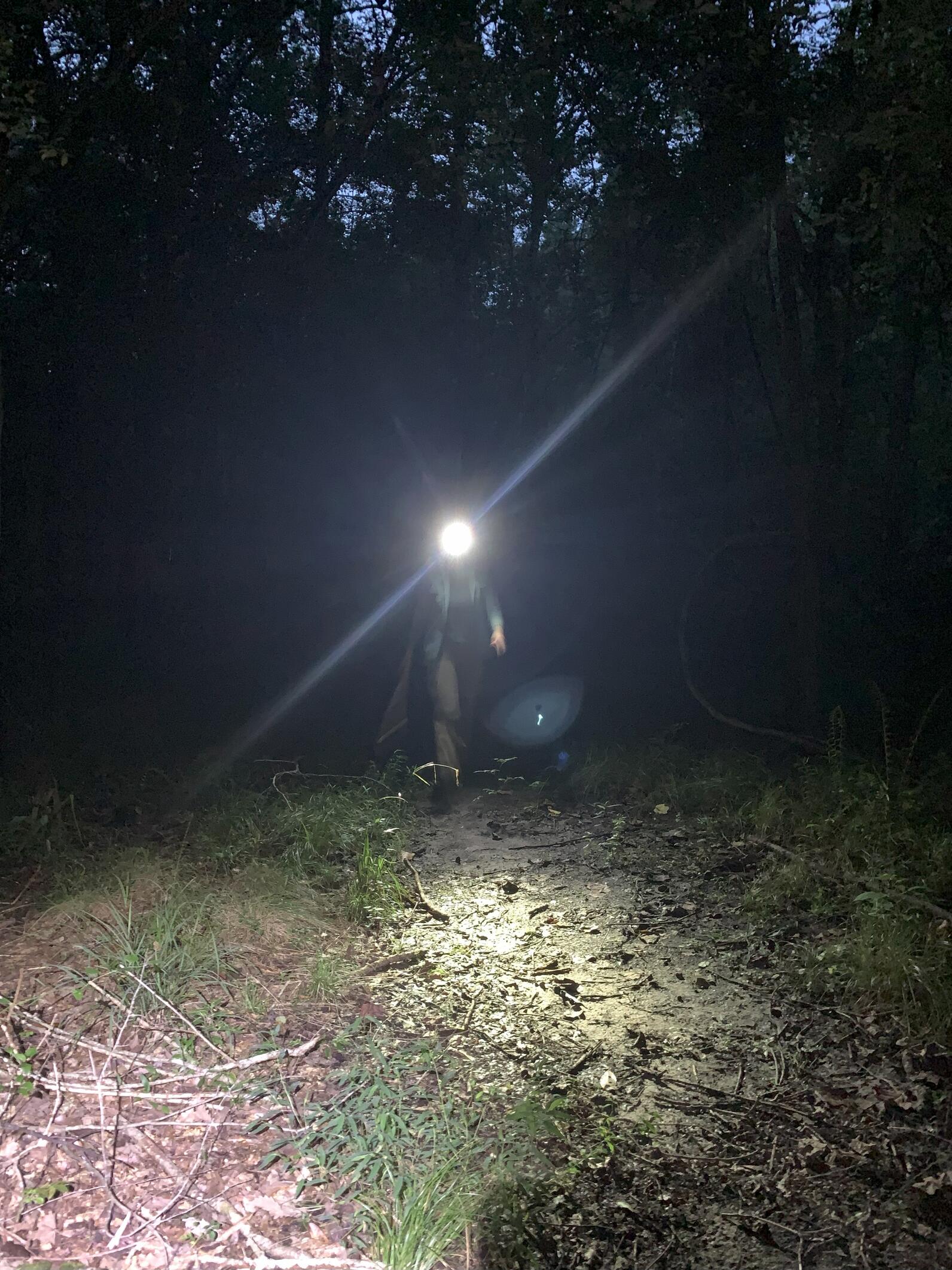
My first day on the job was out in the field at Old Santee Canal Park, catching a brilliant male Prothonotary Warbler (my lifer!) right off the boardwalk. Using a small wooden model and a speaker, we watched him defend his territory against this unwelcome stranger and quickly lured him into the net. Moments later, he was in our hands and getting some flashy new leg bands so we can identify him in the future. That bird was the first of almost 170 birds I helped process this summer, but remains one of my favorite memories of the season.
In addition to banding adult Prothonotary Warblers, I also helped run Beidler’s MAPS (Monitoring Avian Population and Survival) banding station and assisted with several banding demonstrations. I even got to help my amazing supervisor, Jen Tyrrell, trap a 14-year-old Painted Bunting who currently is tied for that species’ longevity record (that is, the oldest of his kind ever recorded)!! My favorite part of banding is getting to work so closely with the birds, which normally remain just out of reach when you’re out birding. I also loved getting to talk to people about the science of bird banding and why we do it. It’s such a privilege to be able to handle them, so I relish being able to share that incredibly special moment with people who have never held or seen a bird up close. Science needs to be shared for our work to make a difference, and I’m grateful to have had the opportunity to not only contribute to banding data, but also help educate people about why we do it and how.
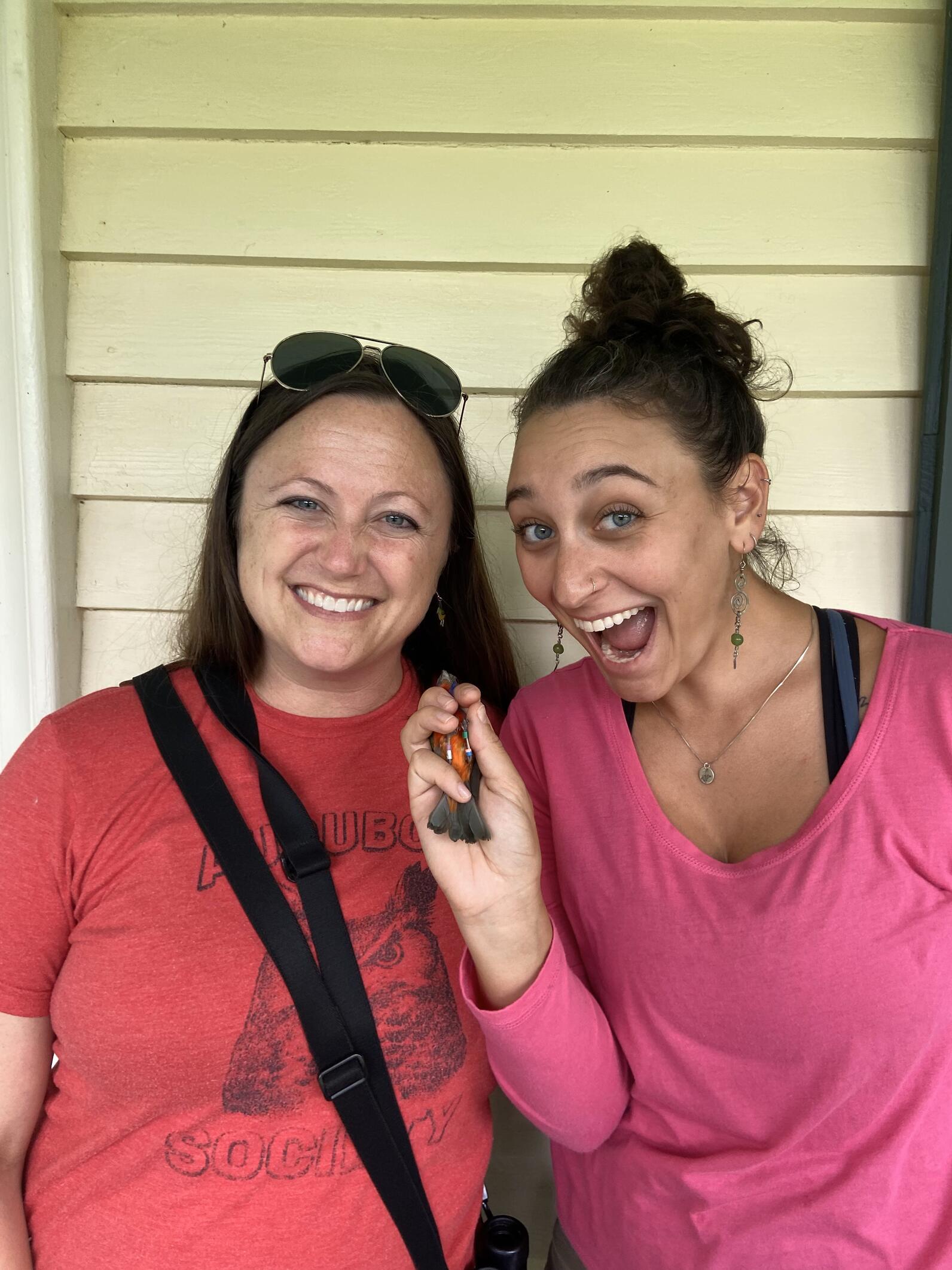
Beyond banding, I got to help with some monitoring projects this summer as well. Tagging along with ASC’s Coastal Stewardship Coordinator Allyssa Zebrowski, I got to visit a Least Tern colony on Morris Island several times throughout the summer and talk to beachgoers about the importance of minimizing disturbance for these little seabirds while they nest. I also helped Kristin Threet, one of Beidler’s Naturalists, monitor nest boxes at the center. I hiked the grassland trails to check on the progress of Eastern Bluebirds in our longleaf pine plots, and donned waders and climbed into the swamp to witness the progression of Prothonotary Warbler nests amongst the cypress knees—a truly immersive experience!
My time living in the swamp has been everything I could have hoped for. In addition to building on my banding and handling skills, I have gotten to meet so many incredible people in ASC and the broader Charleston conservation community. I am unspeakably grateful to have had this opportunity and, as I hang up my waders and get ready for my next adventure, I know I will look back fondly at my time in South Carolina for years to come.
